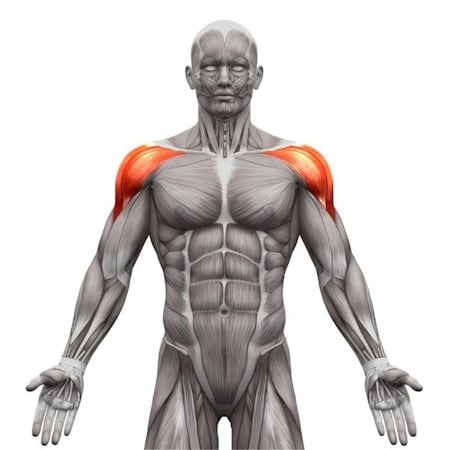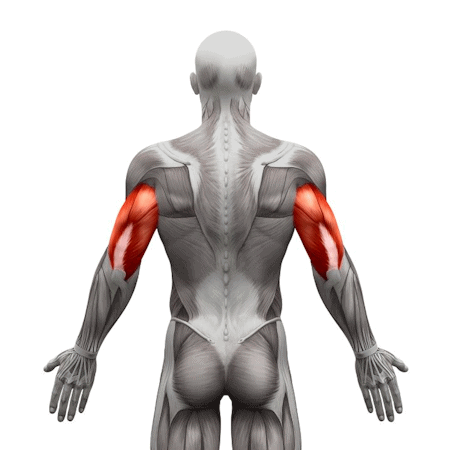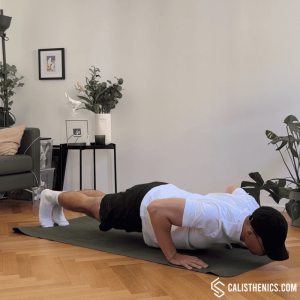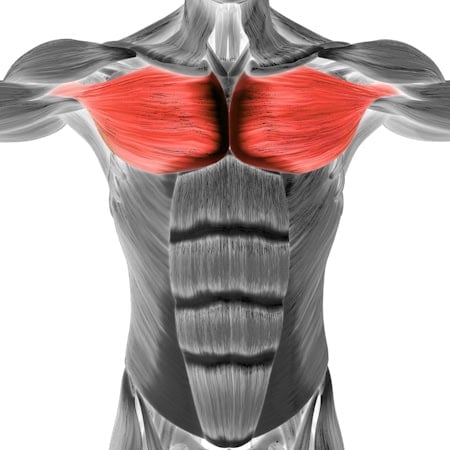Negative Push-ups
How to do Negative Push-ups?
Negative push-ups, also known as eccentric push-ups, focus on the lowering phase of the movement. This exercise emphasizes muscle control, building strength, and improving form for standard push-ups. It’s an excellent way to work on upper body strength, especially for those progressing towards full push-ups.
Negative push-ups are an excellent tool for building upper body strength, improving push-up form, and enhancing muscle control. Whether you’re a beginner working towards full push-ups or an advanced athlete looking to refine your technique, negative push-ups provide a scalable, effective way to boost strength and endurance.
Steps to Perform a Proper Negative Push-up
1. Starting Position:
• Begin in a standard high plank position with your hands placed slightly wider than shoulder-width apart. Your body should form a straight line from your head to your heels.
• Engage your core and keep your feet together or hip-width apart.
2. Controlled Lowering:
• Slowly lower your body toward the floor by bending your elbows. Focus on controlling the descent. The slower you go, the more effective the exercise will be for building strength.
• Keep your elbows close to your body or at a 45-degree angle from your torso.
• Lower yourself until your chest almost touches the ground.
3. Rest at the Bottom:
• Once you reach the bottom, either drop to your knees or release your hands to rest, avoiding the push-up back to the starting position.
4. Reset to Starting Position:
• Return to the high plank position by either pushing up on your knees or resetting yourself by getting back into the starting plank position.
Benefits of Negative Push-ups
• Builds Strength for Full Push-ups: By focusing on the eccentric phase, negative push-ups help develop the strength needed for traditional push-ups, making them a great progression exercise.
• Improves Muscle Control: The slow lowering motion enhances muscle control, balance, and coordination.
• Increases Muscle Time Under Tension: Negative push-ups keep muscles under tension for a longer period, which promotes muscle growth and endurance.
• Great for Beginners: If you’re struggling with full push-ups, negative push-ups provide an accessible way to develop upper body strength and confidence.
• Targets Multiple Muscle Groups: This exercise engages the chest, shoulders, triceps, and core, making it a comprehensive upper body workout.
• Improves Eccentric Strength: Eccentric exercises like negative push-ups help improve overall muscle strength and stability, reducing the risk of injury during more explosive movements.
Tips for the proper execution of Negative Push-ups
Focus on Eccentric Movement: The primary focus is on the slow lowering (eccentric) phase. Aim for 3-5 seconds of controlled lowering to maximize muscle engagement.
Core Engagement: Keep your core tight throughout the movement to maintain proper body alignment and prevent sagging hips.
Elbow Positioning: Keep your elbows close to your body or at a slight 45-degree angle. This will reduce strain on the shoulders and engage the triceps more effectively.
Controlled Movements: Don’t rush the descent. The slower the movement, the greater the benefit for building muscle strength.
Breathing: Inhale as you lower your body slowly, and exhale as you reset to the starting position.
Muscles worked when doing Negative Push-ups
Primary Muscles:
•Chest: Pectoralis major and minor
•Shoulders: Anterior deltoids
•Triceps: Triceps brachii (back of the arms)
Secondary Muscles:
•Core: Abdominals and obliques (for stabilization)
•Lower Back: Erector spinae (for spinal stabilization)
•Legs: Quadriceps and glutes (for overall body stability)
•Back: Serratus anterior (for shoulder stability)
Primary Muscle(s):
Secondary Muscle(s):

Anterior delt

Triceps
Equipment needed for Negative Push-ups
No equipment needed for this exercise.
Adjust the difficulty of Negative Push-ups
How to make Negative Push-ups harder?
How to make Negative Push-ups easier?
How to make Negative Push-ups harder?
To make Negative Push-ups harder:
-
Slow Down the Descent: Increase the time it takes to lower yourself. Aim for 5-10 seconds per repetition to increase muscle time under tension.
-
Add Weight: Wear a weighted vest or place a small weight plate on your back to increase the intensity of the lowering phase.
-
Increase Volume: Perform more repetitions or sets to challenge your muscles further, especially once you’re comfortable with the controlled descent.
-
Perform Elevated Negative Push-ups: Elevate your feet on a platform or step, increasing the amount of body weight you’re controlling as you lower yourself.
How to make Negative Push-ups easier?
To make Negative Push-ups easier:
-
Perform Negative Knee Push-ups: Start in a plank position on your knees to reduce the amount of body weight you’re lowering, making it easier to control the descent.
-
Shorten the Lowering Time: If you’re a beginner, start with a faster descent (2-3 seconds) and gradually increase the lowering time as you build strength.
-
Elevate Your Hands: Perform negative push-ups on an elevated surface (such as a bench or step), which reduces the overall difficulty by decreasing the amount of body weight you’re lowering.



